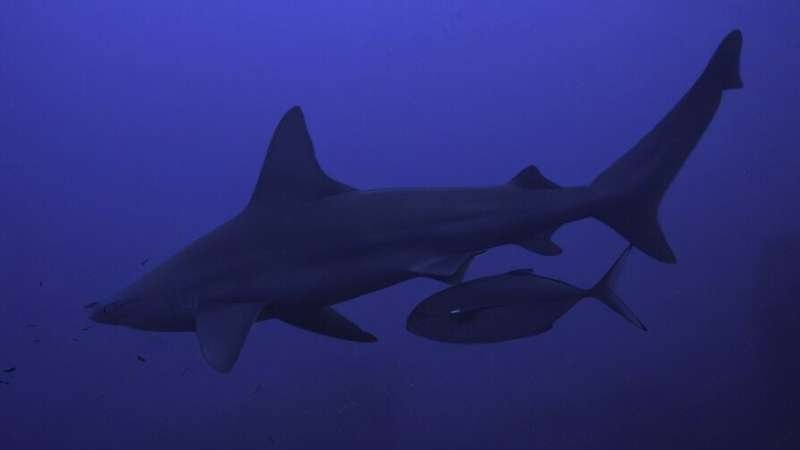According to new data from NASA and the National Snow and Ice Data Center (NSIDC), the Arctic’s winter sea ice cover has dropped to an all-time low at its yearly peak.
According to NASA, the Arctic sea ice’s greatest extent on March 22, 2025, was 14.33 million square kilometers, which was less than the previous record low of 14.41 million square kilometers set in 2017.
This concerning tendency is in line with a larger pattern seen in recent decades, which is that fewer multi-year ice layers are accumulating and less new ice emerges every winter.
A notable change in Arctic conditions was indicated by the fact that this year’s peak ice cover was 1.32 million square kilometers lower than the average levels observed between 1981 and 2010.
The Antarctic saw significant changes in addition to the Arctic’s thinning ice. The Antarctic’s summer ice receded to 1.98 million square kilometers on March 1, 2025, which tied for the second-lowest minimum extent ever recorded.
This is around 30% lower than the usual levels seen before 2010.
Global sea ice coverage has reached a record low as a result of the combined melting of ice in both polar regions.
Compared to pre-2010 averages, overall ice covering has dropped by more than 2.5 million square kilometers by mid-February 2025. An area the size of the continental United States east of the Mississippi River would be equal to this loss.
“We’re going to start this next summer season with less ice,” said Linette Boisvert, an ice expert at NASA’s Goddard Space Flight Center. It is not encouraging for the future.
Beyond environmental issues, decreased sea ice has an impact on weather patterns, coastal erosion, and ecosystems that depend on stable ice conditions.












